Eccentric subcultures that slowly disappeared
Subcultures have always been a vibrant part of society, offering unique perspectives and styles. Throughout history, numerous groups have emerged, each with its distinct flair and ethos. These subcultures often fade into obscurity, only to be rediscovered by curious minds.
Today, we delve into some of these fascinating subcultures that have left a mark on fashion, music, and lifestyle. From the flamboyant to the rebellious, let’s explore the world of forgotten subcultures that continue to inspire.
The Cyber Goths: Neon, Cybernetics, and a Love for the Dance Floor
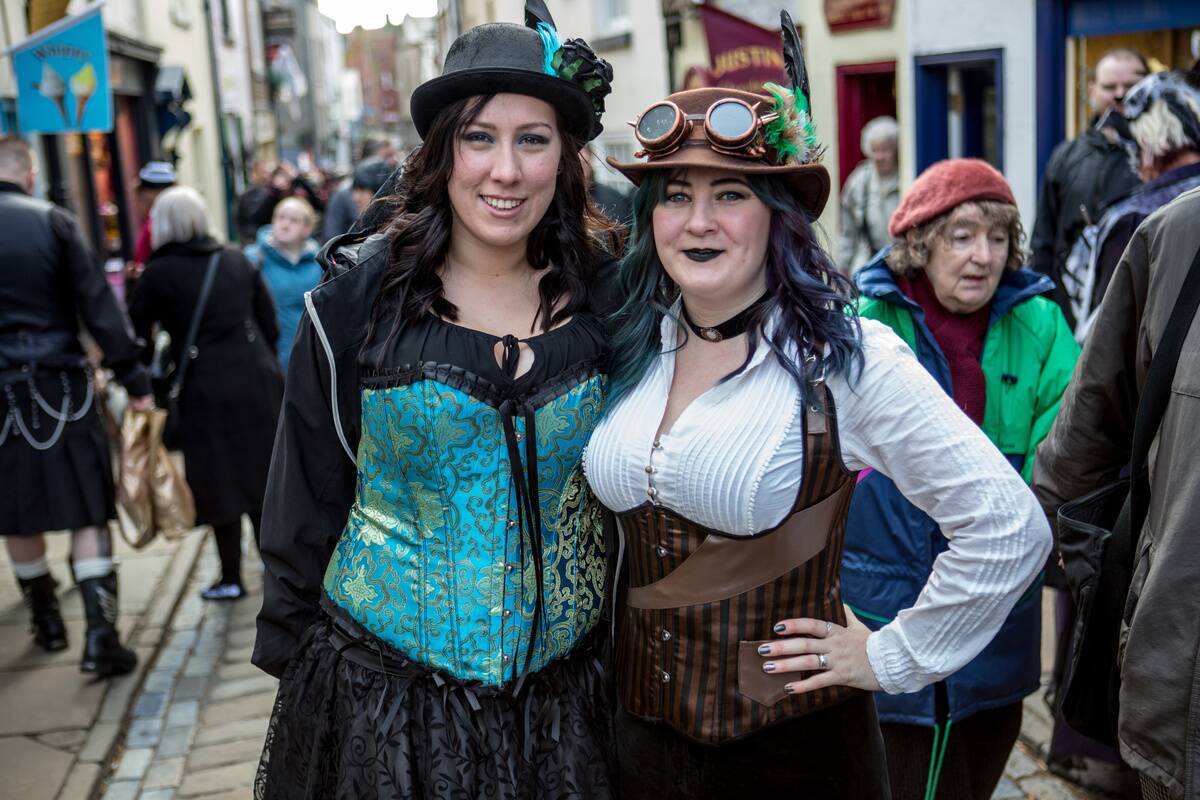
Cyber Goths are a unique blend of goth and rave cultures, characterized by their love for neon colors and futuristic aesthetics. Originating in the late 1990s, this group is known for its striking fashion, often featuring cybernetic accessories and UV-reactive clothing.
The music scene for Cyber Goths is heavily influenced by industrial and electronic genres, making the dance floor their natural habitat. With their vibrant hair extensions and platform boots, they bring a modern twist to the traditional goth scene.
Juggalos: Fanta and Family
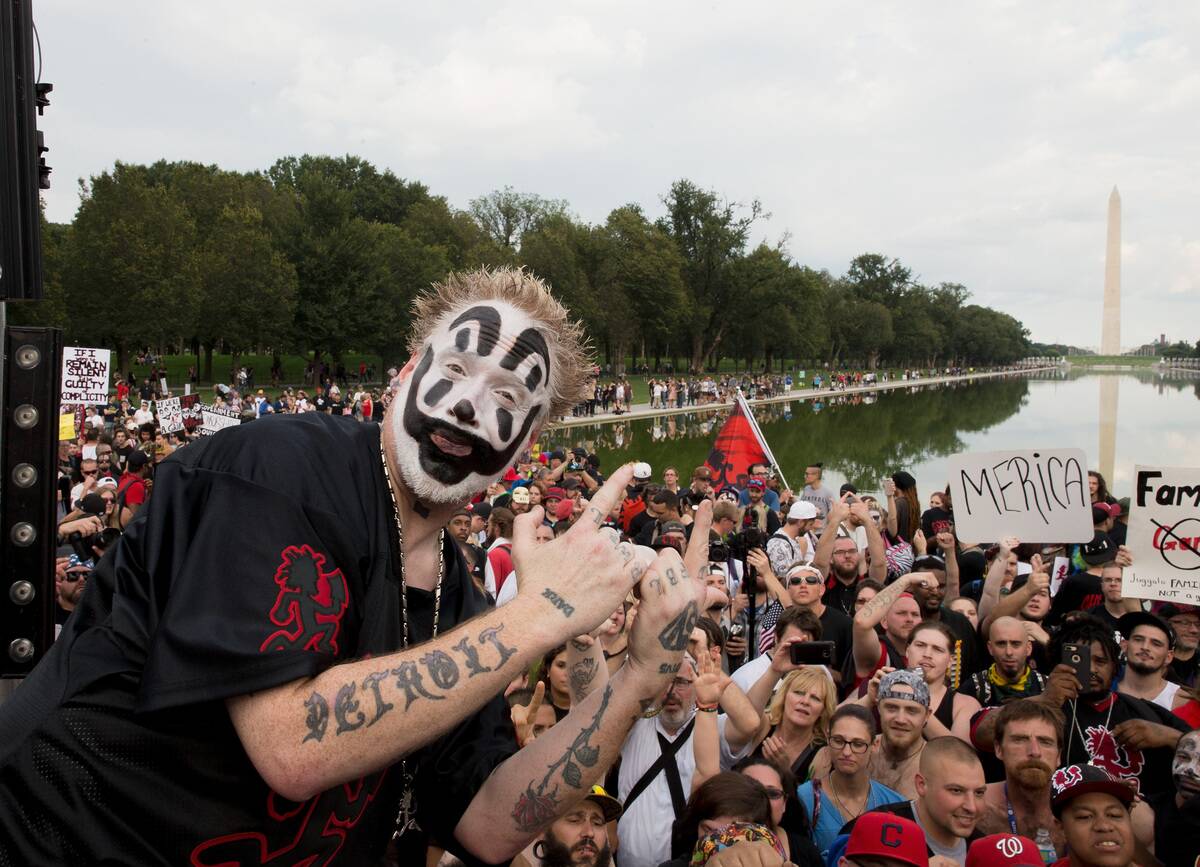
A subculture centered around one specific musical act, Detroit shock rappers the Insane Clown Posse, this loyal band of self-described misfits found a sense of belonging thanks to their shared love of ICP’s music.
It all culminated in the massive “Gathering of the Juggalos,” an annual event that peaked in the 2000s and 2010s. While Juggalos are still a loyal fanbase, their peak appears to have come and gone.
Steampunk: When Victorian Fashion Met Futuristic Imagination
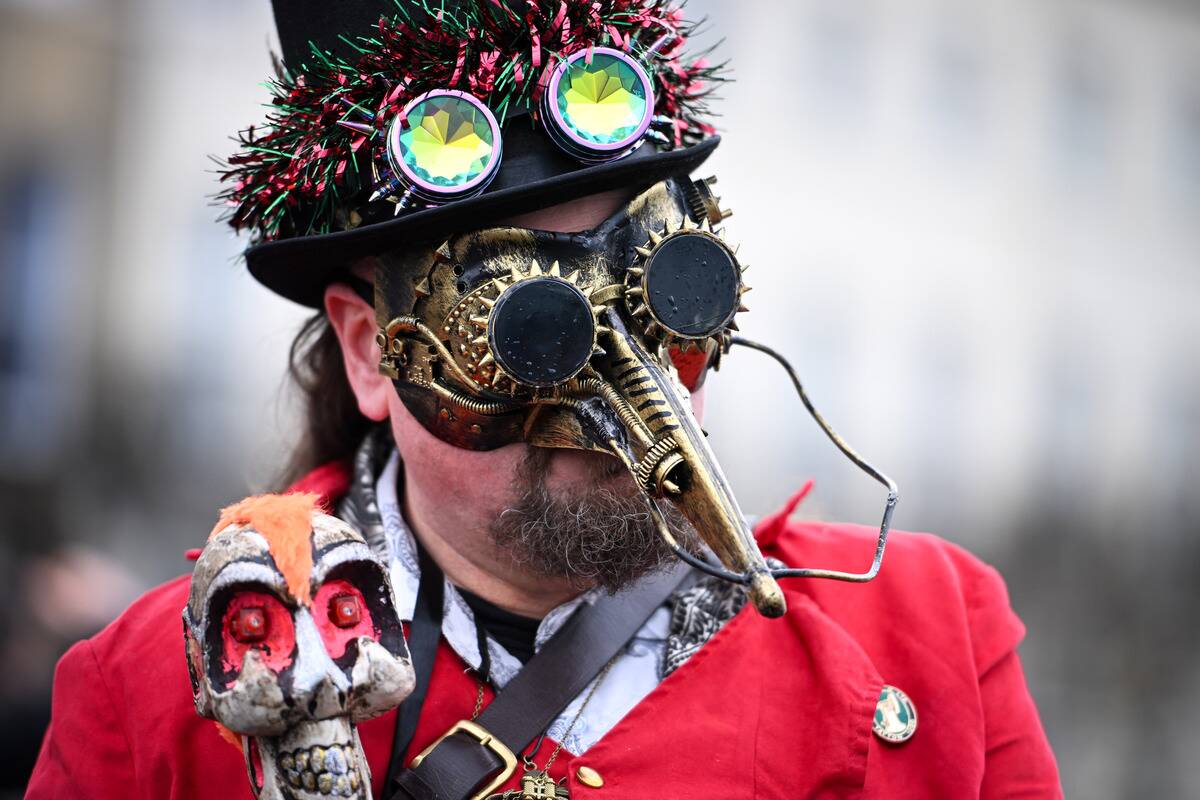
Steampunk is a fascinating subculture that combines the elegance of Victorian fashion with elements of science fiction. Originating as a literary genre in the late 20th century, it quickly spilled over into fashion and lifestyle.
Enthusiasts often adorn themselves in corsets, waistcoats, and top hats, accessorized with goggles and mechanical gears. Steampunk events often feature tea dueling and elaborate storytelling, captivating those who desire an imaginative escape. It’s a world where steam power reigns supreme, and the past meets the future.
Rude Boys/Girls: Bringing Back Ska
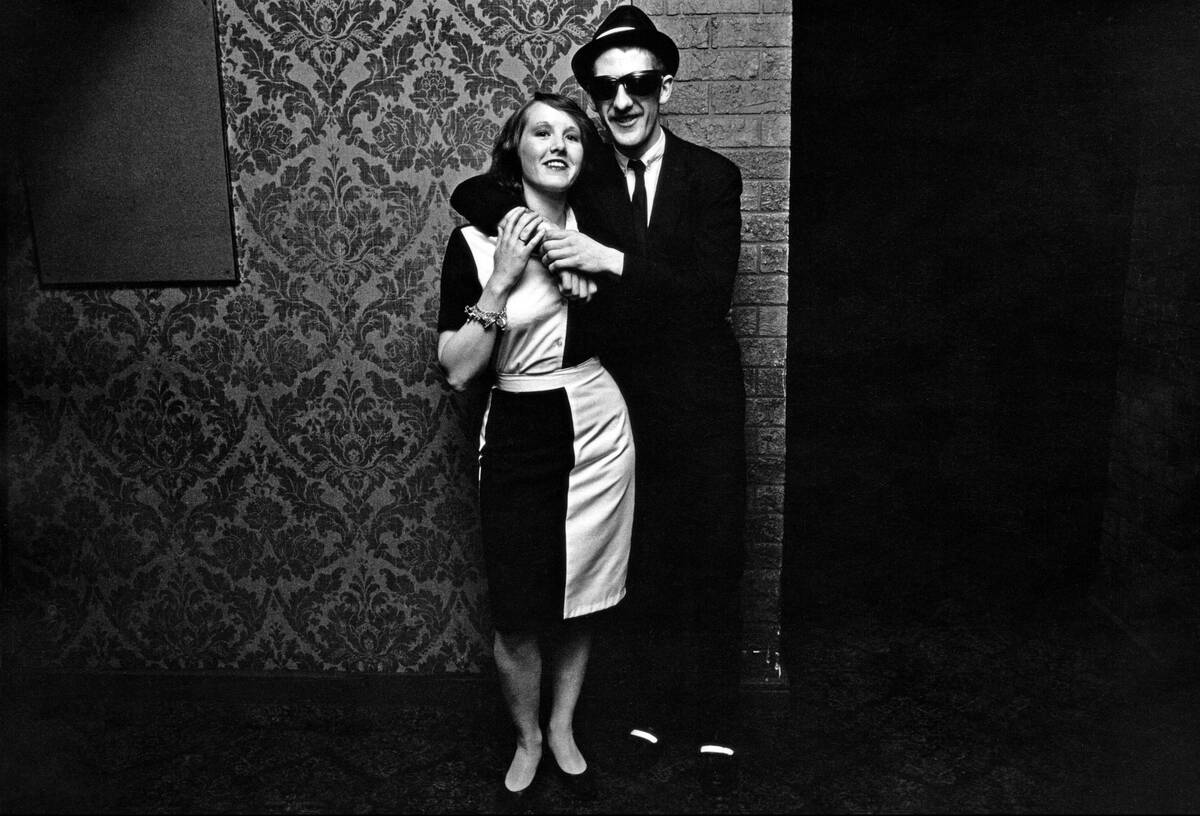
The genre of ska music has gone through several permutations over the decades, and one of the more notable eras came about in the 1980s.
Long after ska emerged from Jamaican dancehalls in the 1960s, “rude boys/girls” emerged in the ’80s to help bring ska to the mainstream. Their distinctive fashion choices, including porkpie hats and thin ties, persisted well into the ’90s.
The Yuppies: Power Suits, Cell Phones, and the Pursuit of Wealth
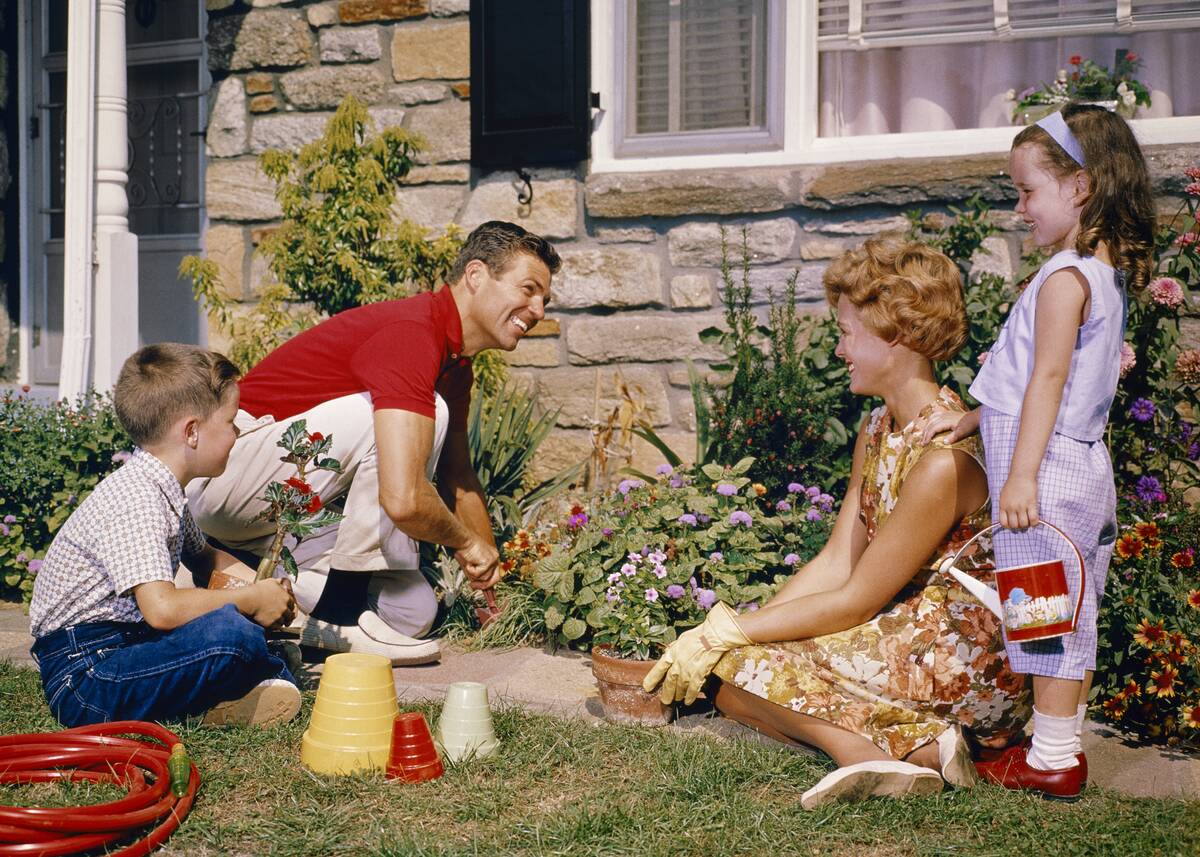
The term ‘Yuppie’ emerged in the 1980s to describe young, urban professionals who were ambitious and success-driven. Known for their power suits and early adoption of cell phones, Yuppies represented the epitome of the consumer culture of the time.
They were often seen as status-conscious, with a penchant for high-end brands and luxury lifestyles. Despite their materialistic reputation, Yuppies played a significant role in the technological and economic boom of the late 20th century, paving the way for future generations.
Grebo Scene: A Hybrid Approach
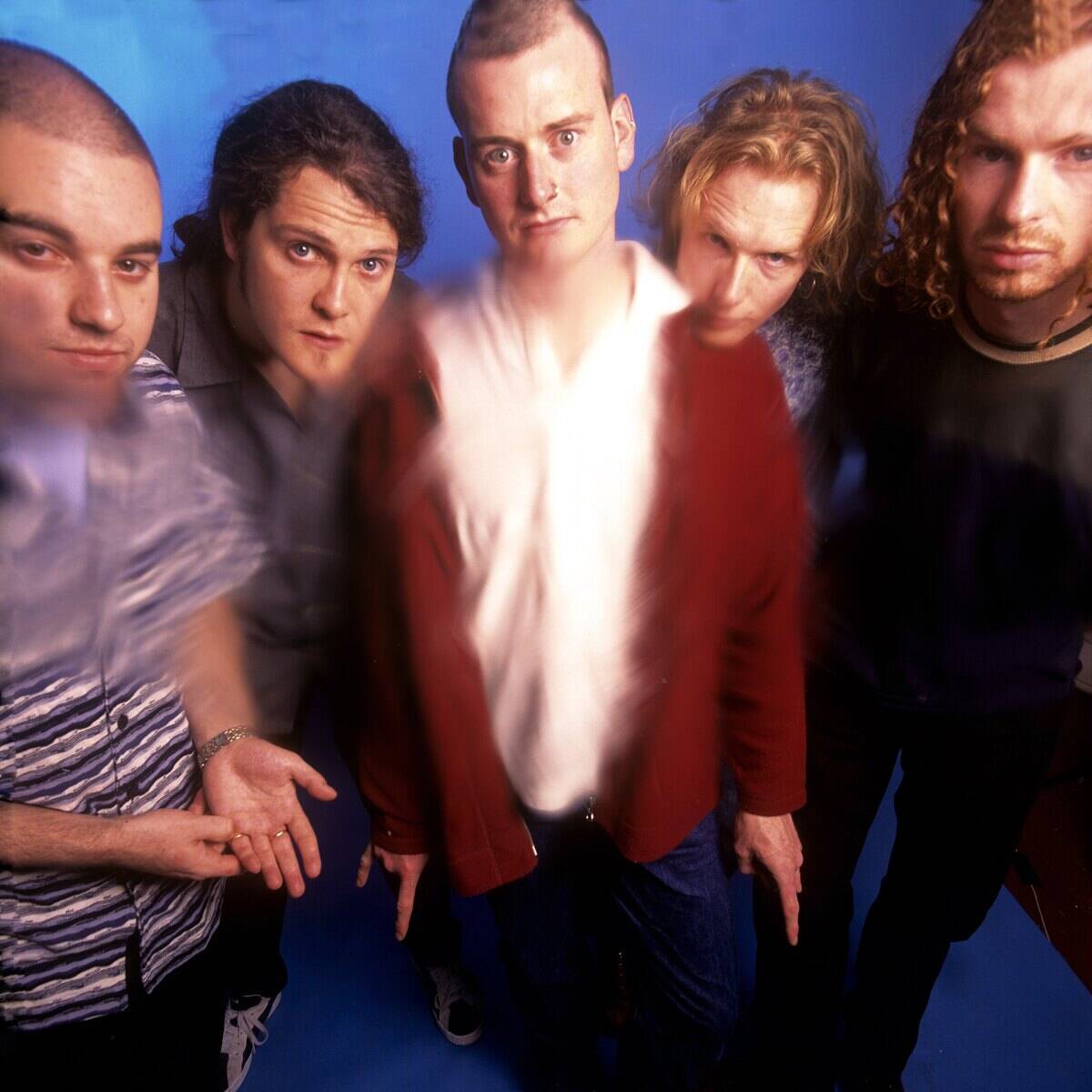
It’s easy to forget about the Grebo movement, a scruffy subculture that emerged in late-’80s Britain and represented a hybrid of punk rock, hip-hop, and electronic noise.
The group earned its name from a Midlands slang insult for a troublemaker, and developed a unique fashion sense revolving around army surplus gear, bandanas, and baggy jeans. In time, the subculture influenced other movements, and later became eclipsed by them.
Beatniks: Poetry, Jazz, and Coffee Shop Revolutionaries
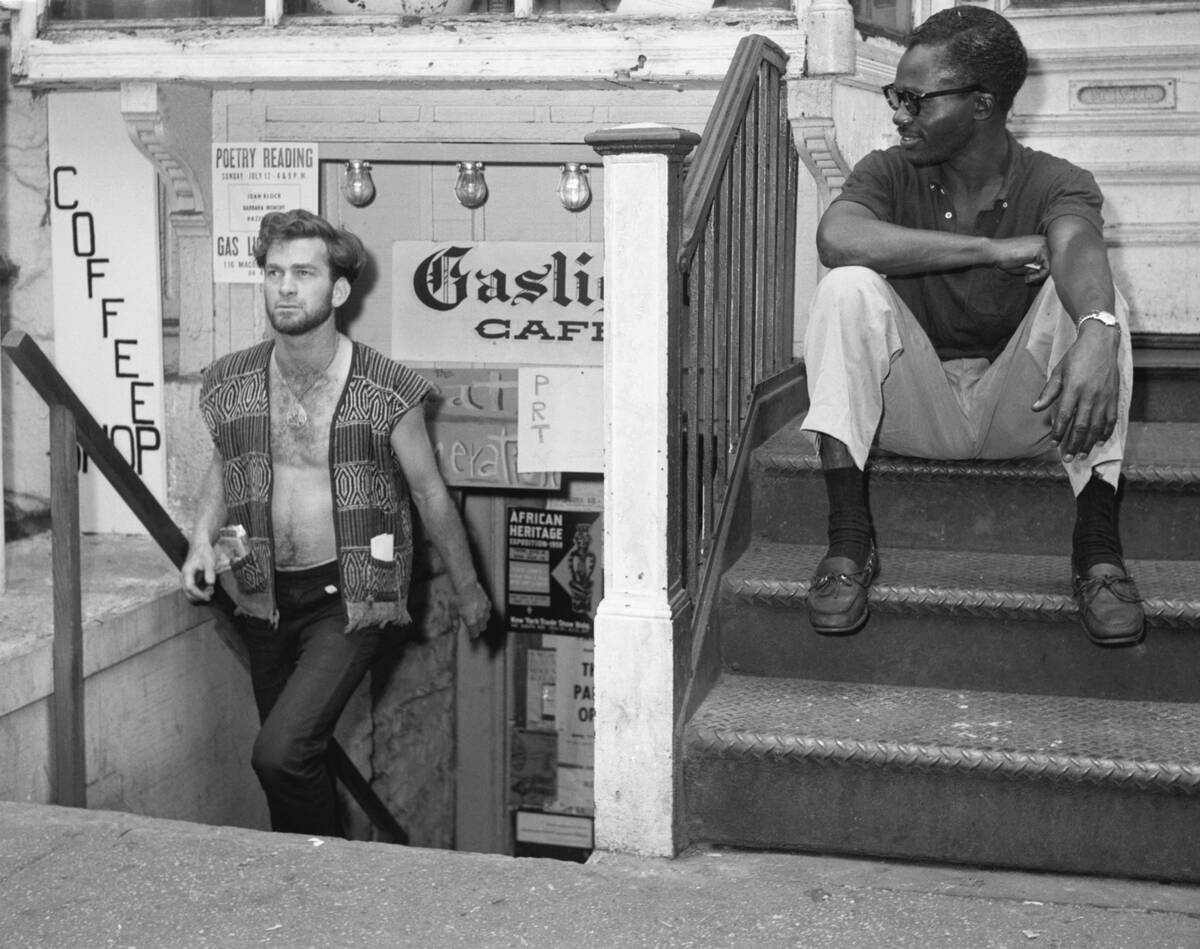
The Beatniks of the 1950s were the original coffee shop revolutionaries, known for their love of poetry and jazz. Emerging from the Beat Generation, these individuals rejected conventional society, seeking spiritual and artistic exploration.
They often gathered in dimly lit cafes, wearing black turtlenecks and berets, while discussing existentialism and the meaning of life. Beatniks played an instrumental role in the counterculture movement, influencing literature, music, and the broader social landscape during their time.
Raver Kids: Glowsticks and Neon
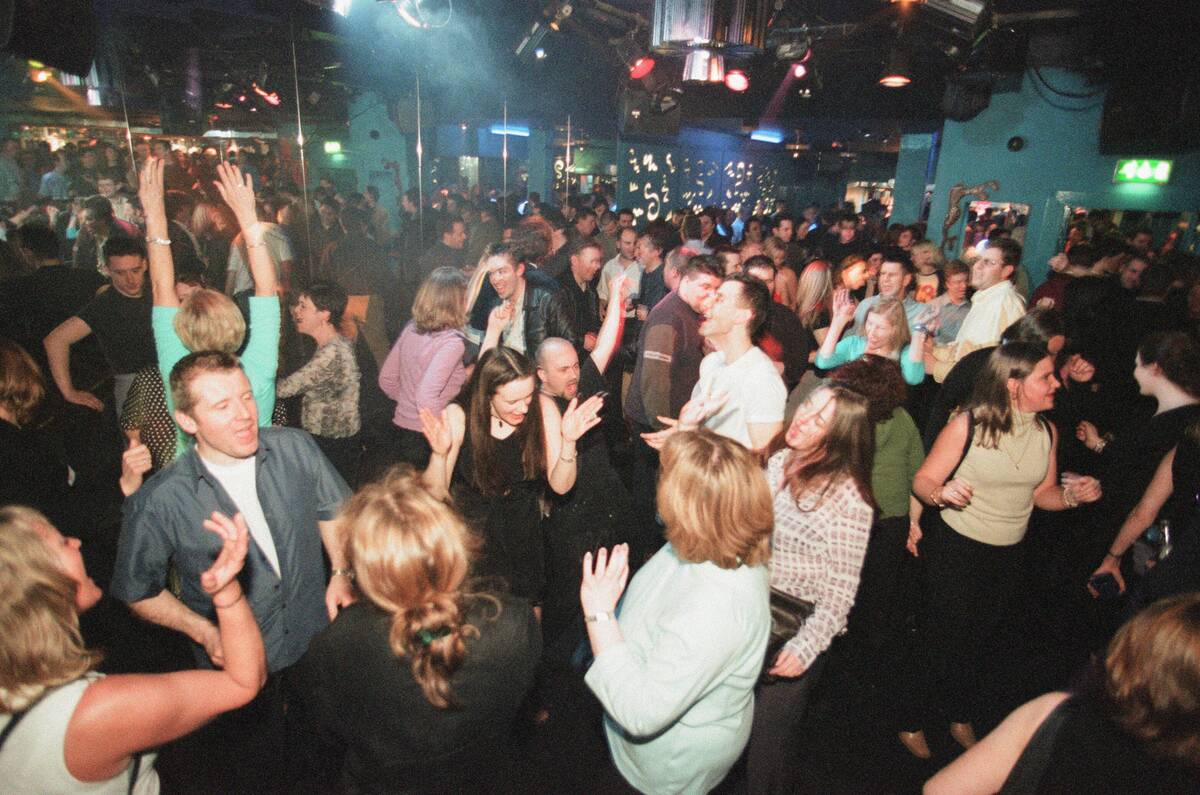
The genesis of the raver movement — the one characterized by house music, pills, and a utopian spirit — came about in the late ’80s and early ’90s.
Raves were popular around the world, with some events attracting thousands of revelers and lasting long into the night — and often until the following morning. While raves have never truly gone away, it’s hard for modern ravers to recapture the magic of the early days of the movement.
The Mod Scene: Scooters, Tailored Suits, and The Who
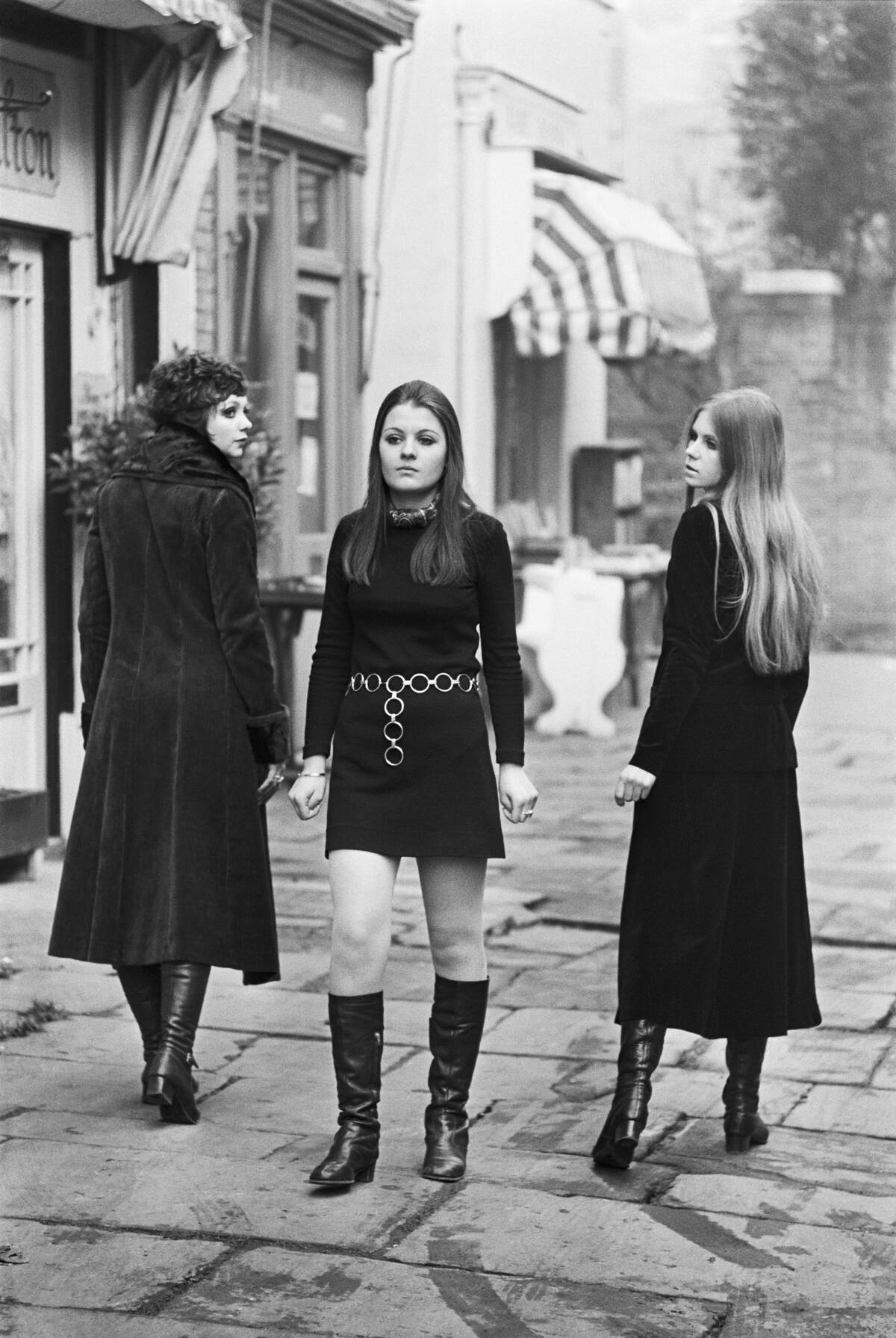
The Mod scene of the 1960s was a vibrant youth culture centered around fashion, music, and scooters. Known for their sharp, tailored suits and love for bands like The Who, Mods epitomized style and sophistication. The Vespa and Lambretta scooters became cultural icons, often customized to reflect the rider’s personality.
The Mod lifestyle was all about being modern, with a focus on clean lines and a love for rhythm and blues music. Their influence can still be seen in today’s fashion and music.
Rockabilly Revivalists: Throwing it Back
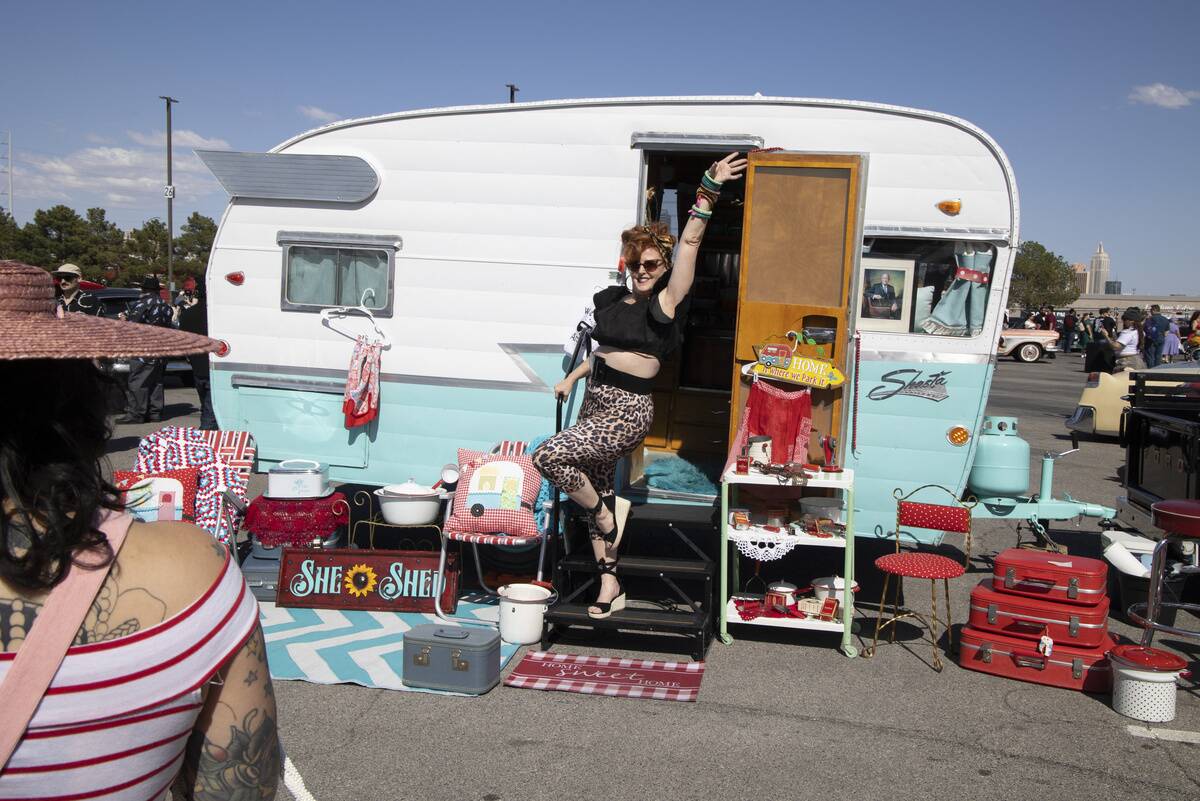
Retro aesthetics tend to ebb and flow in terms of popularity, and the rockabilly aesthetic – one that harkens back to 1950s rock and roll culture — is one that re-emerges periodically.
This aesthetic may be rooted in the music of the past, but encompasses far more than just music. Enthusiasts embrace vintage hot-rod cars, swing dancing, big hair, and vintage fashions. It appears that there will always be rockabilly die-hards, but the movement is not currently mainstream.
Swing Kids: Vintage Fashion and Lindy Hop Enthusiasm
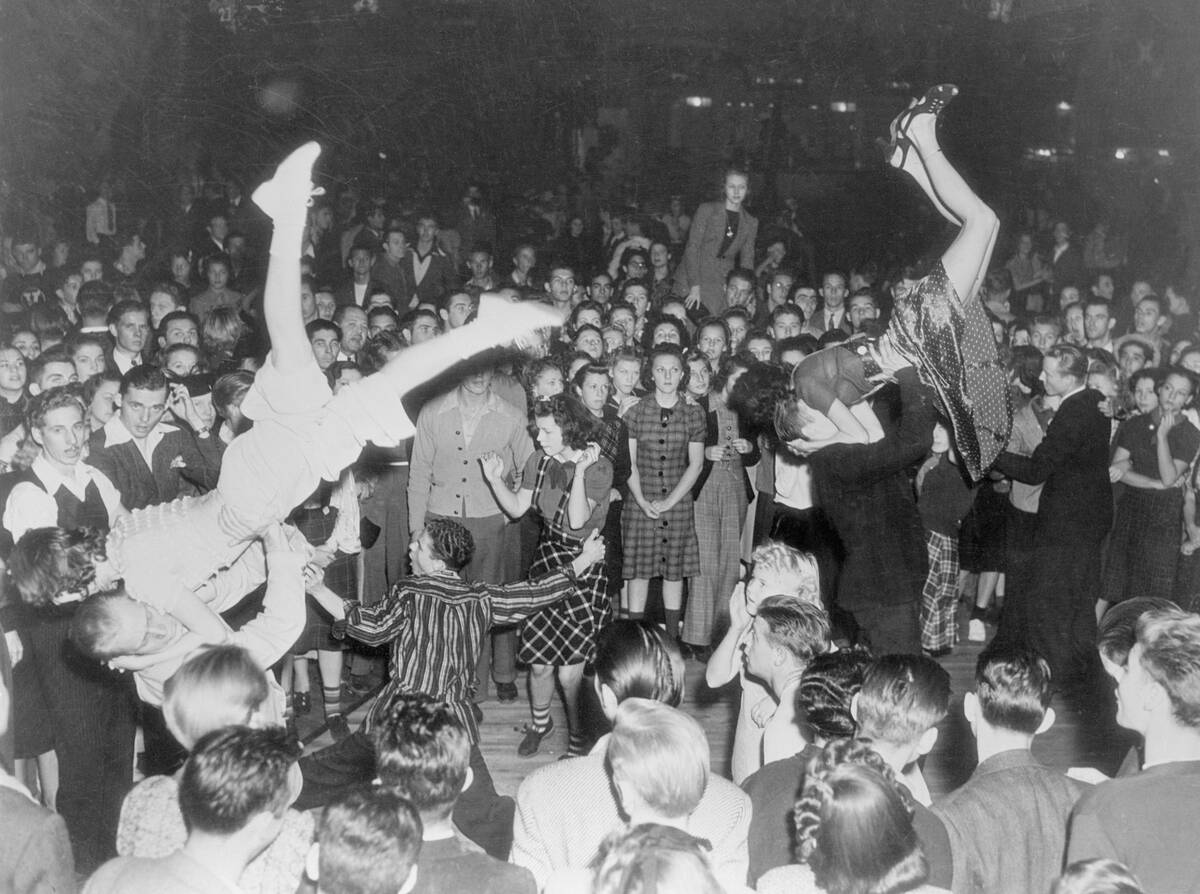
Swing Kids were a subculture that emerged in the 1930s and 1940s, characterized by their love for swing music and dance. Adorned in vintage clothing, they embraced the energetic Lindy Hop and other swing dances, often frequenting dance halls and jazz clubs.
The movement began as a form of resistance against the oppressive regimes of the time, celebrating freedom and expression through music and dance. Swing Kids were pivotal in keeping jazz music alive and influencing future generations of dancers.
Scene Kids: The Dawn of Social Media
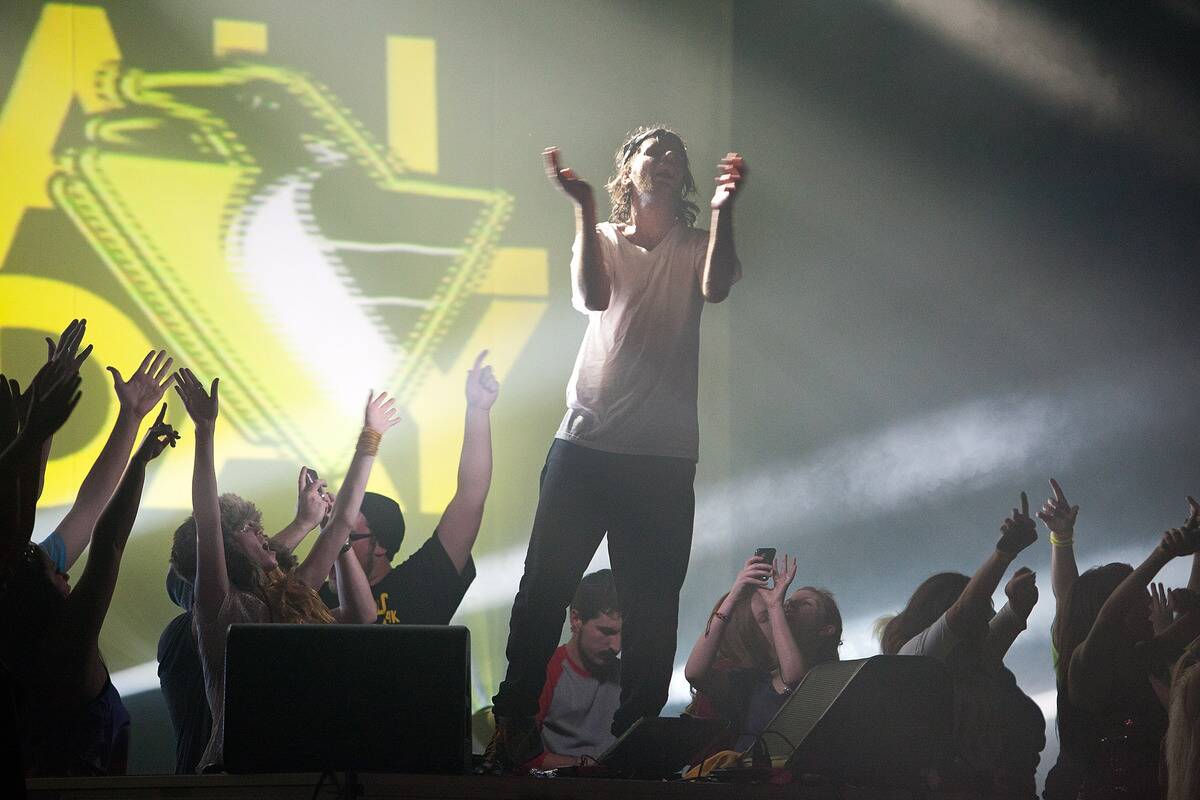
In the early days of social media, back when MySpace was king and Facebook was just emerging, scene kids were the vanguard of this new type of interaction.
The subculture combined elements of emo music with the kind of oversharing that became commonplace in the years to follow. Anyone who was on MySpace in the early 2000s likely remembers the unfortunate hairstyles, “Top 8” friend lists, and level of emotional self-expression.
The Flappers: The Roaring Twenties and Jazz Age Rebels
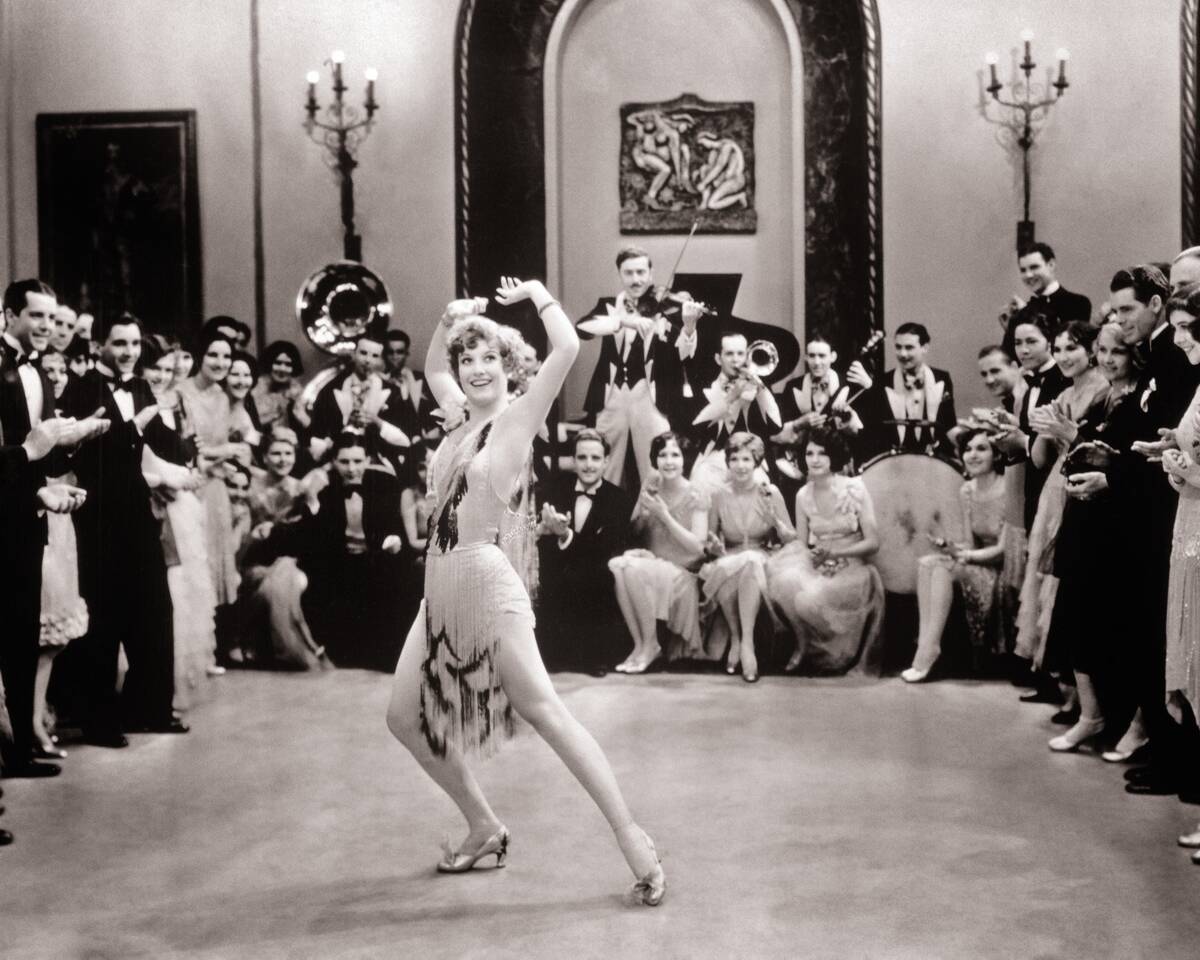
Flappers were the bold and daring women of the 1920s who defied societal norms with their fashion and behavior. Embracing the jazz age, they wore shorter skirts, bobbed their hair, and often indulged in the era’s nightlife. These women challenged traditional gender roles, advocating for greater independence and freedom.
The flapper movement was synonymous with the roaring twenties, a time of economic prosperity and cultural change. Their legacy is seen in the ongoing fight for women’s rights and equality.
Straight Edge: Drawing Strict Lines
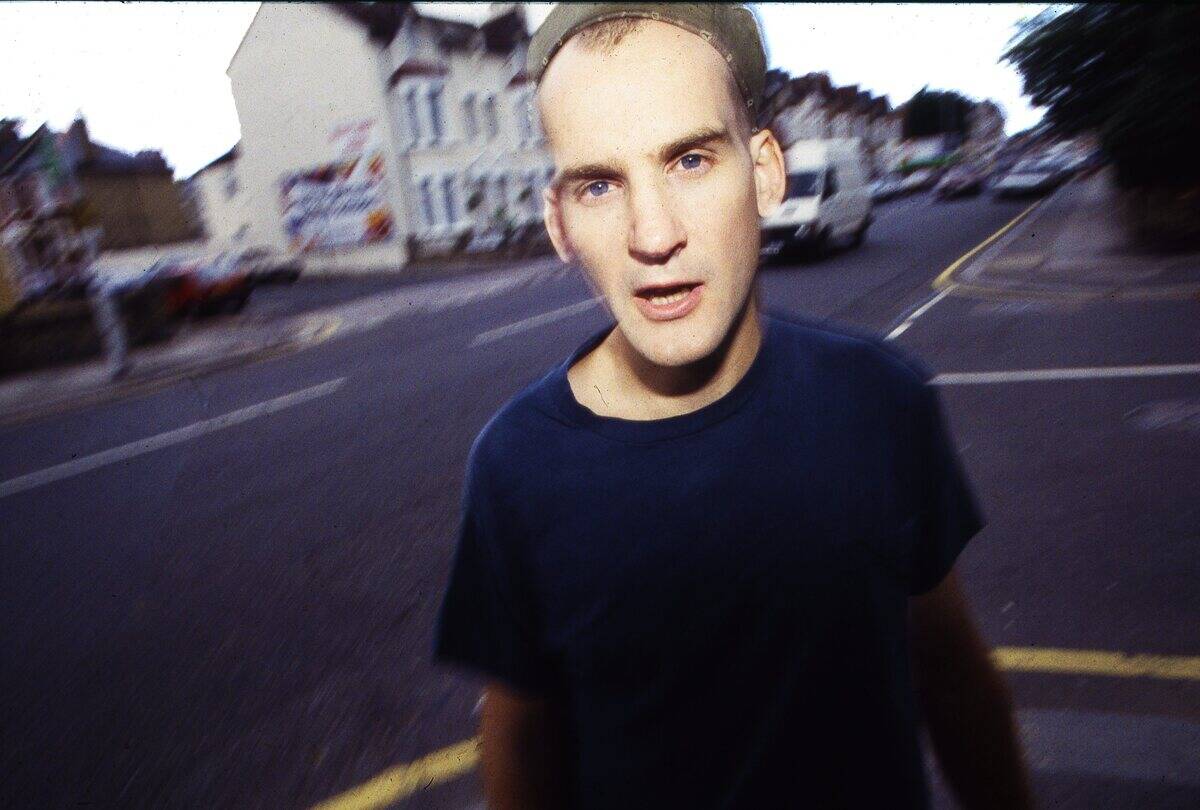
The straight edge movement got its name from the song “Straight Edge” by legendary DC-based hardcore band Minor Threat, released in 1981.
The song’s lyrics essentially detail the philosophy that straight edge kids would follow: abstinence from substances and alcohol, with an emphasis on discipline and moral clarity. In time, the movement splintered, with some criticizing it for being overly preachy.
New Romantics: Glam, Androgyny, and Synth-Pop
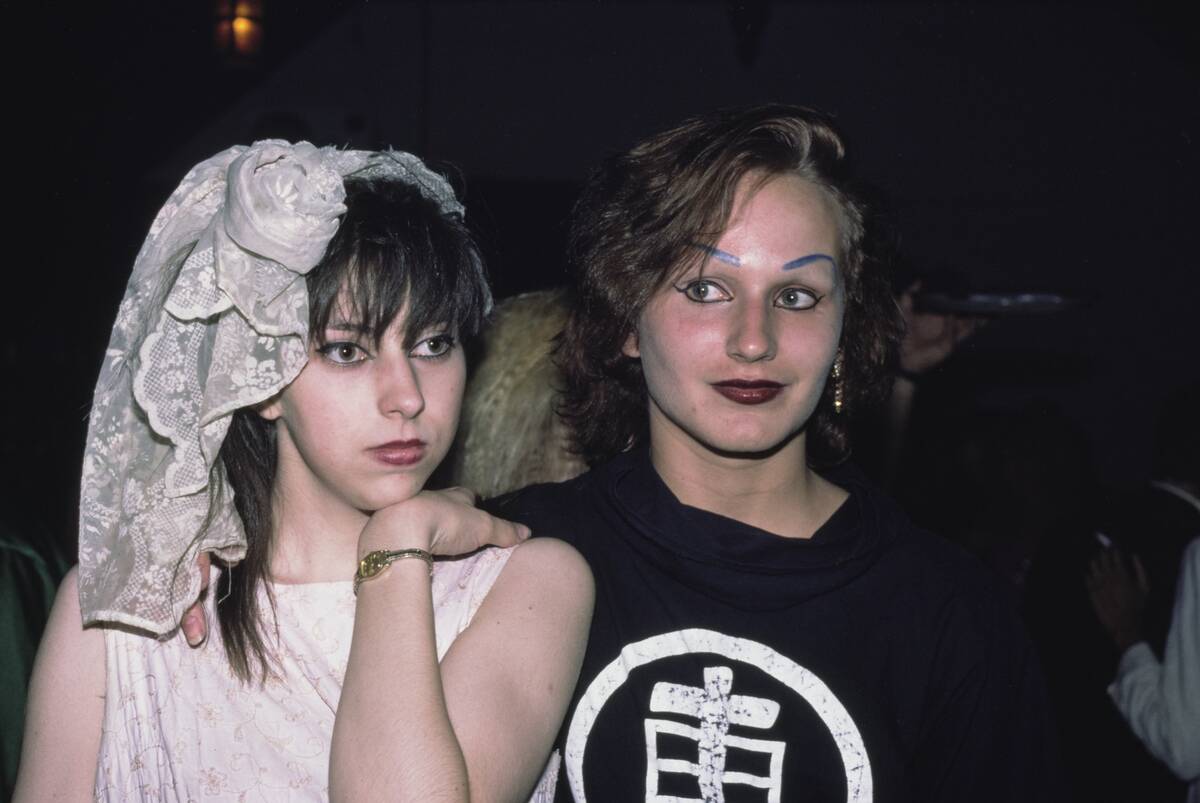
The New Romantic movement of the late 1970s and early 1980s was a flamboyant subculture that celebrated glam and androgyny. Influenced by the theatricality of artists like David Bowie, New Romantics embraced bold makeup, extravagant fashion, and an eclectic mix of styles.
Synth-pop music became their anthem, with bands like Duran Duran and Spandau Ballet leading the charge. This subculture was a reaction against the austerity of punk, bringing color and fantasy back into the music and fashion scenes.
Greasers: Bringing the Lightning
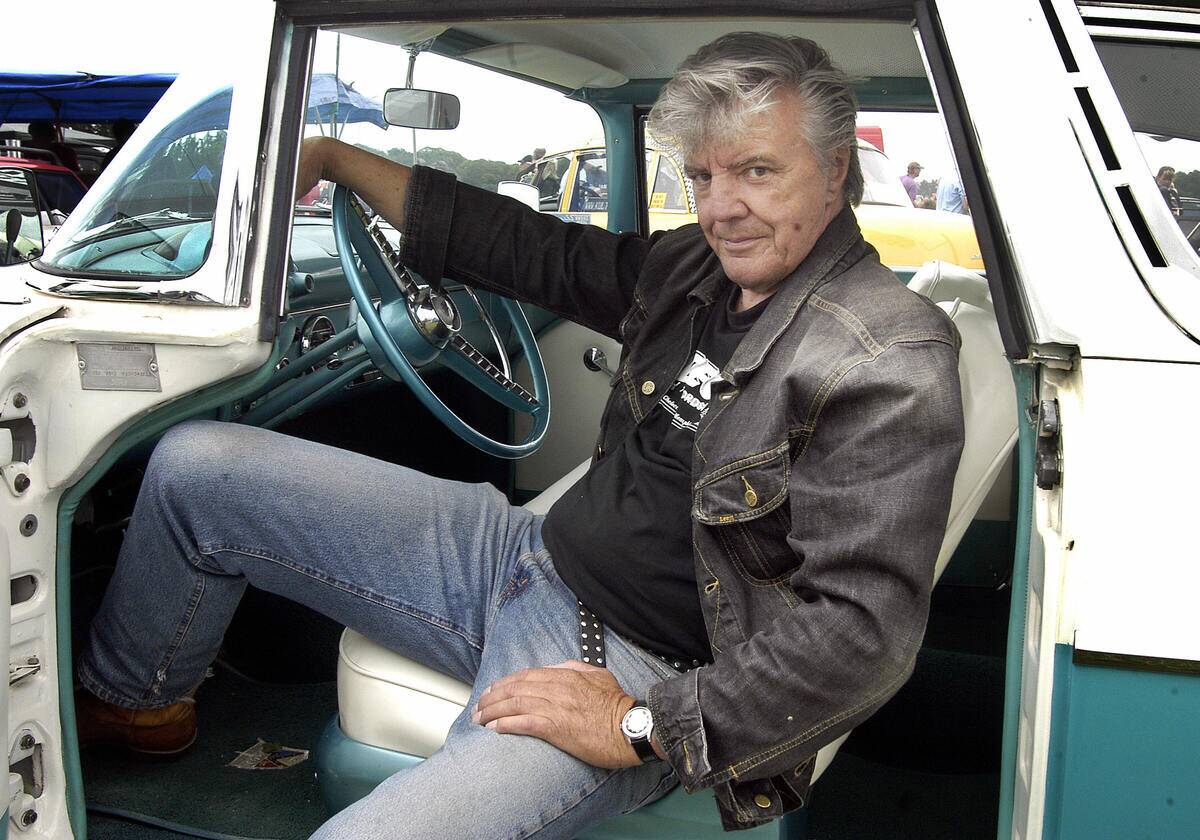
Greasers emerged in the postwar years, with kids of the 1950s rebelling by embracing fast cars, leather jackets, and a rebellious attitude. The subculture had its moment and became less prominent in the following decades, but had a massive revival in the late ’70s thanks to the movie Grease.
The greaser aesthetic is still with us, and represents a vision of midcentury Americana — but, aside from some loyal enthusiasts, hasn’t been mainstream in decades.
The Hippie Counterculture: Peace, Love, and Psychedelic Tunes
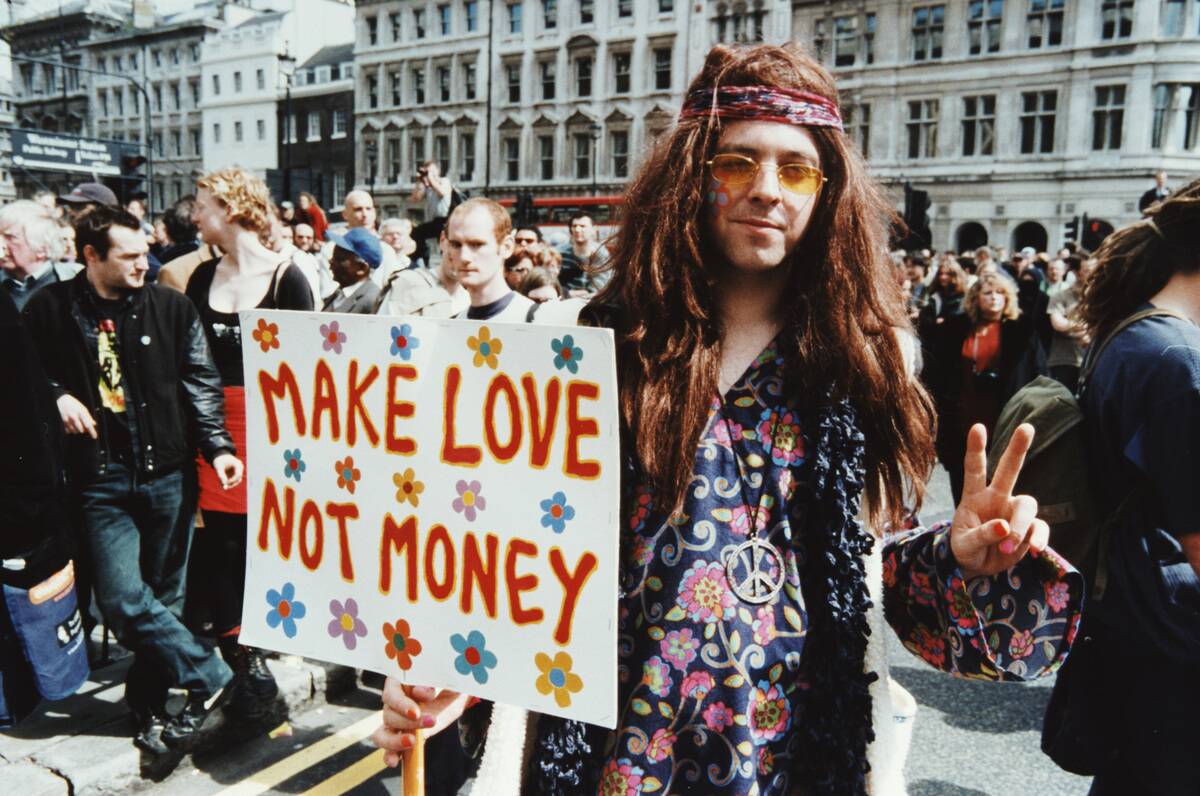
The Hippie counterculture of the 1960s was defined by its ethos of peace, love, and freedom. Rejecting mainstream society, Hippies embraced a lifestyle of communal living, spiritual exploration, and psychedelic music. Festivals like Woodstock became iconic, celebrating music, art, and alternative lifestyles.
Their fashion was characterized by bell-bottoms, tie-dye, and flowing fabrics, reflecting their free-spirited nature. The Hippie movement had a lasting impact on culture, promoting environmentalism, civil rights, and a more open-minded society.
Club Kids: The Cutting Edge of Club Culture
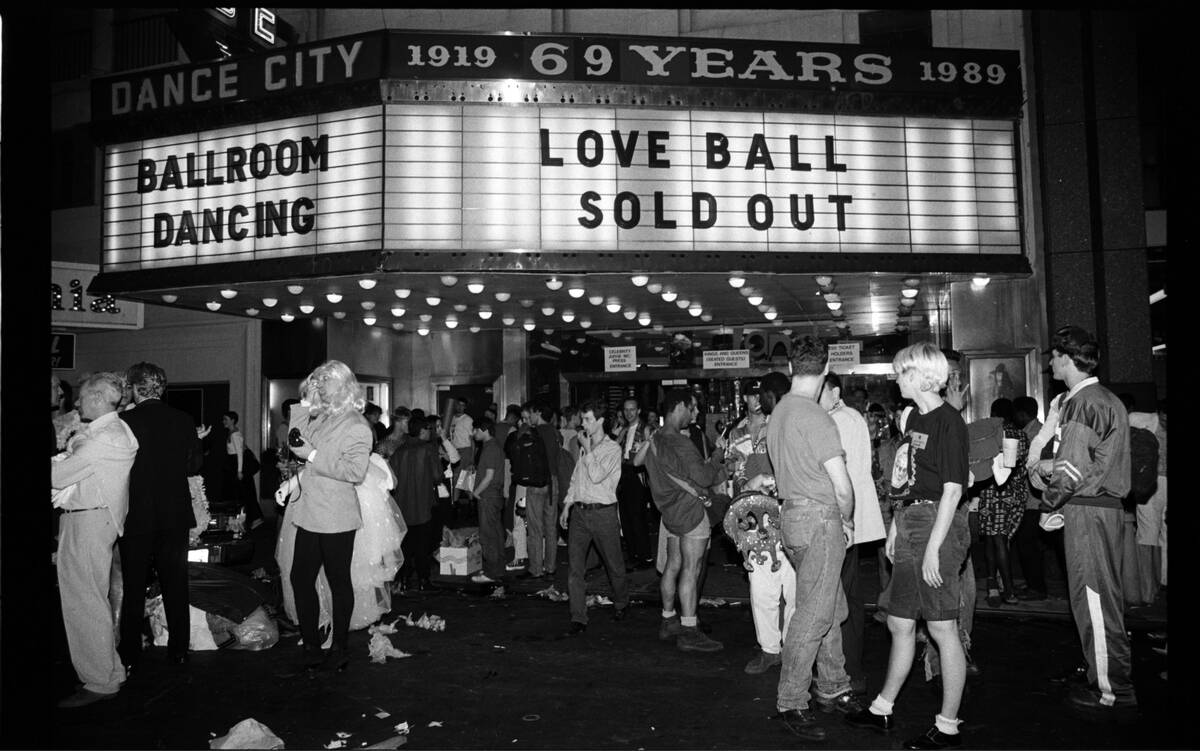
New York’s club scene has always been at the cutting edge of youth culture, and this was especially true in the late ’80s, when the art scene collided with the club scene in New York.
In what could be considered a natural progression of the flamboyance of Studio 54’s heyday, club kids of the ’80s competed with each other to create the most outlandish costumes and art displays.
The Grunge Movement: Flannel Shirts and a Rebellious Spirit
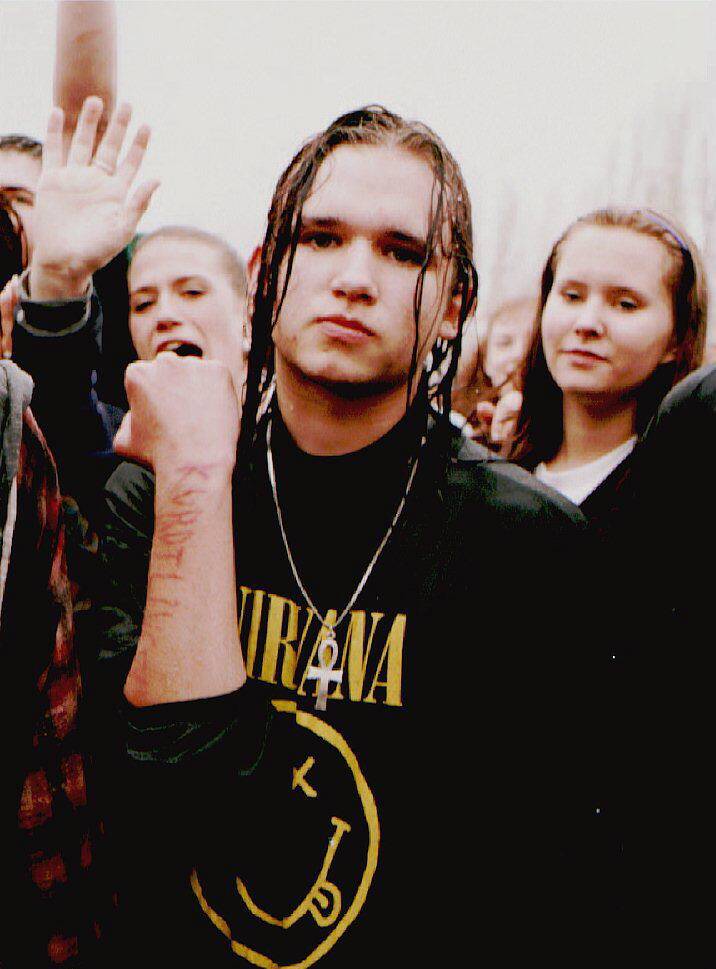
Emerging from the Pacific Northwest in the late 1980s, the Grunge movement was a raw and unpolished reaction to the excess of the 1980s. Known for its distinctive fashion of flannel shirts, ripped jeans, and combat boots, Grunge was as much about attitude as it was about style.
Bands like Nirvana and Pearl Jam brought the gritty sound of Grunge to the mainstream, challenging the polished production of the era. This movement left an indelible mark on music, fashion, and the ethos of authenticity.
Swing Revivalists: A Short-Lived Burst
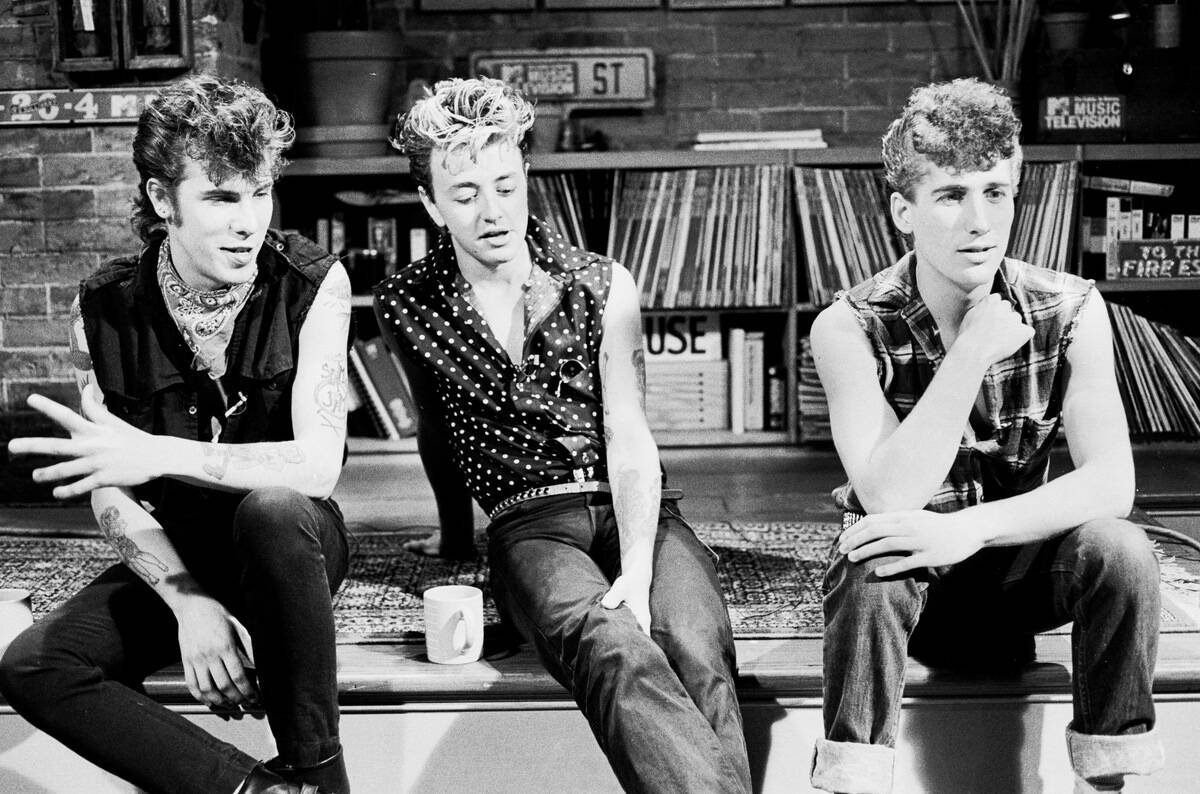
As the ’90s grunge movement died down, and before the nu-metal movement of the 2000s emerged, there was a brief, inexplicable time in which swing music had a brief moment of mainstream popularity.
Buoyed by bands like the Brian Setzer Orchestra, the swing revival brought modern production to songs inspired by big-band hits of decades past. While the movement came with its own fashion, slang, and even movies, it died out almost as quickly as it emerged.
The Glam Rockers: Glitter, Platform Boots, and Theatrical Antics
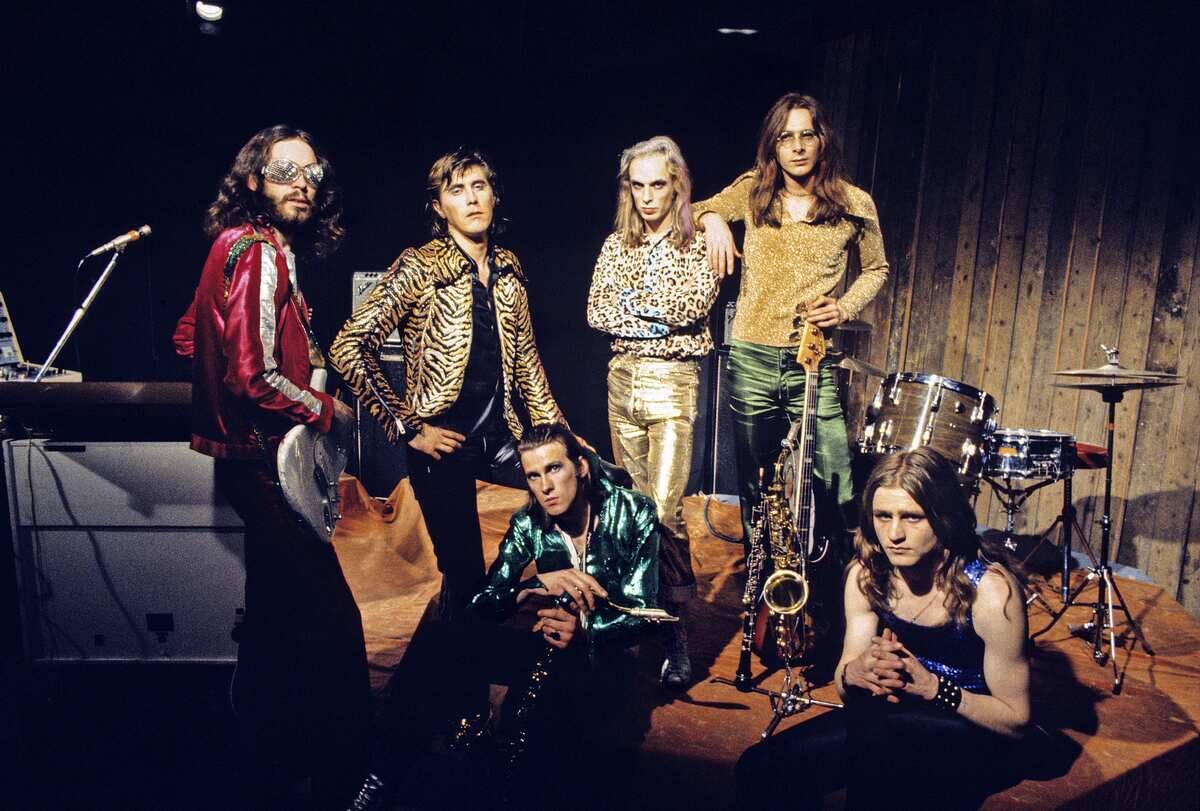
Glam Rock was a dazzling subculture of the early 1970s, characterized by its flamboyant fashion and theatrical performances. Artists like David Bowie and T. Rex led the charge with glittering costumes, platform boots, and extravagant stage shows.
Glam Rockers embraced androgyny and pushed the boundaries of gender norms, influencing both music and fashion. The movement was a celebration of excess and fantasy, leaving a lasting impact on popular culture and inspiring future generations of musicians and performers.
The Teddy Boys: Slick Hair, Drapes, and Rock ‘n’ Roll
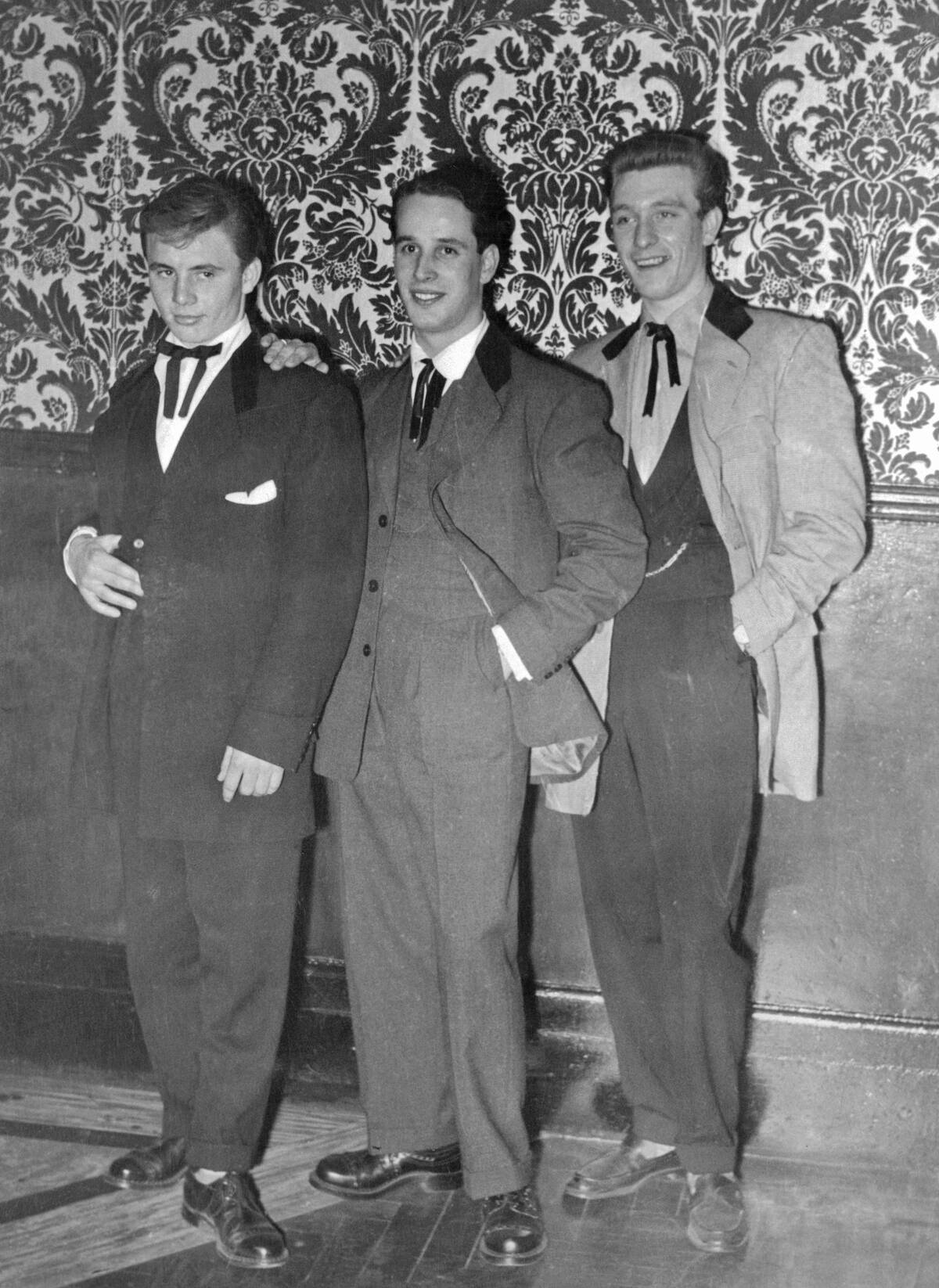
The Teddy Boys were a British subculture of the 1950s known for their distinctive style and love of rock ‘n’ roll. Sporting drape jackets, drainpipe trousers, and slick hairstyles, they brought a rebellious edge to post-war Britain.
The movement was heavily influenced by American rock ‘n’ roll, with artists like Elvis Presley and Bill Haley providing the soundtrack to their lives. Teddy Boys were one of the first youth cultures to emerge in the UK, paving the way for future teenage movements.
Zoot Suit Culture: Oversized Suits and Jazz Rhythms
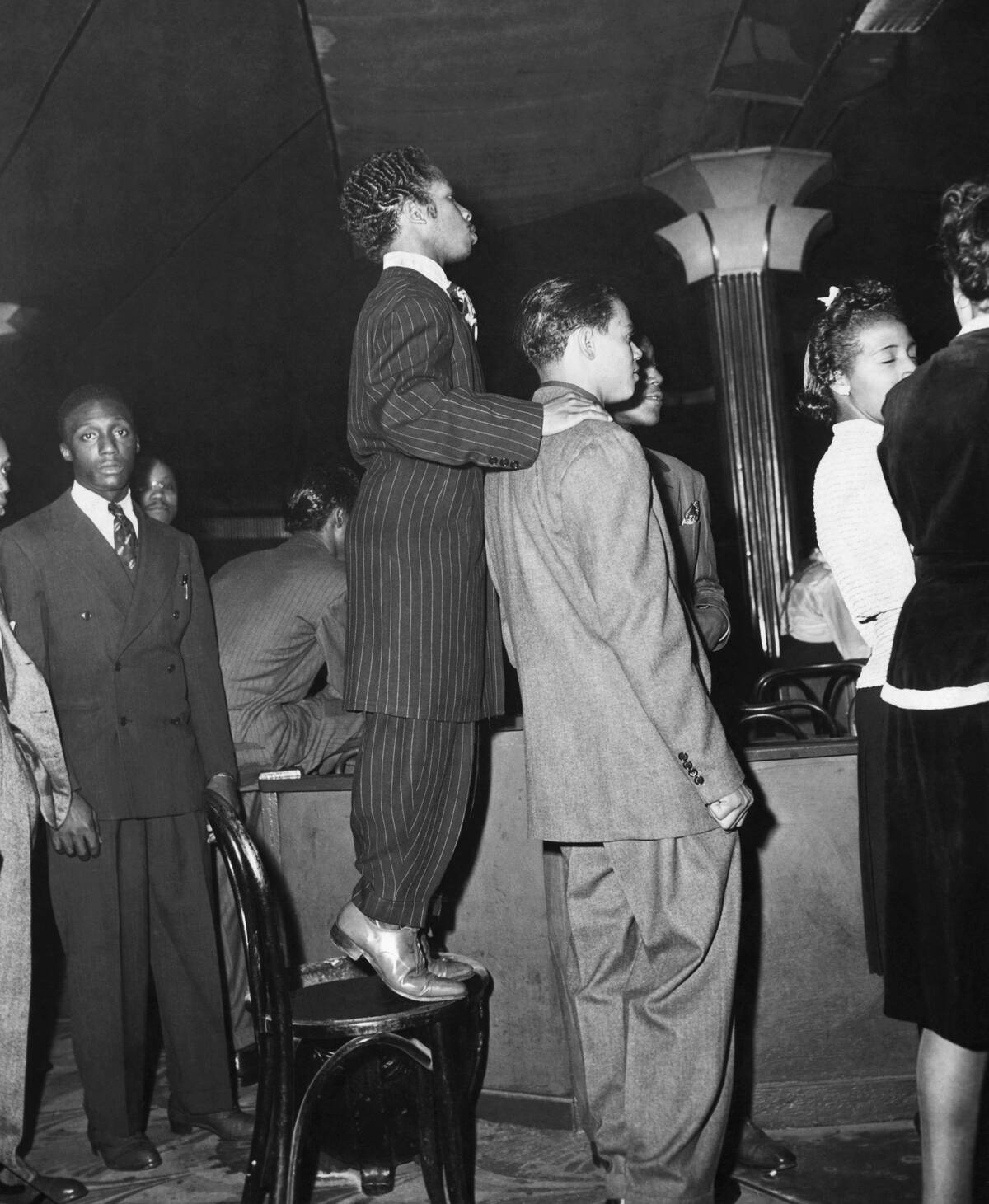
Zoot Suit culture emerged in the 1940s among African American and Latino communities, characterized by its distinctive fashion and musical influence. The oversized, high-waisted suits with wide lapels and pegged trousers became a symbol of resistance and cultural pride.
Jazz and swing music were integral to the Zoot Suit lifestyle, with dances like the jitterbug accompanying the vibrant rhythms. The movement faced significant backlash during the Zoot Suit Riots of 1943, highlighting racial tensions and the struggle for equality.
The Preppies: Polos, Khakis, and a Touch of Ivy League Style
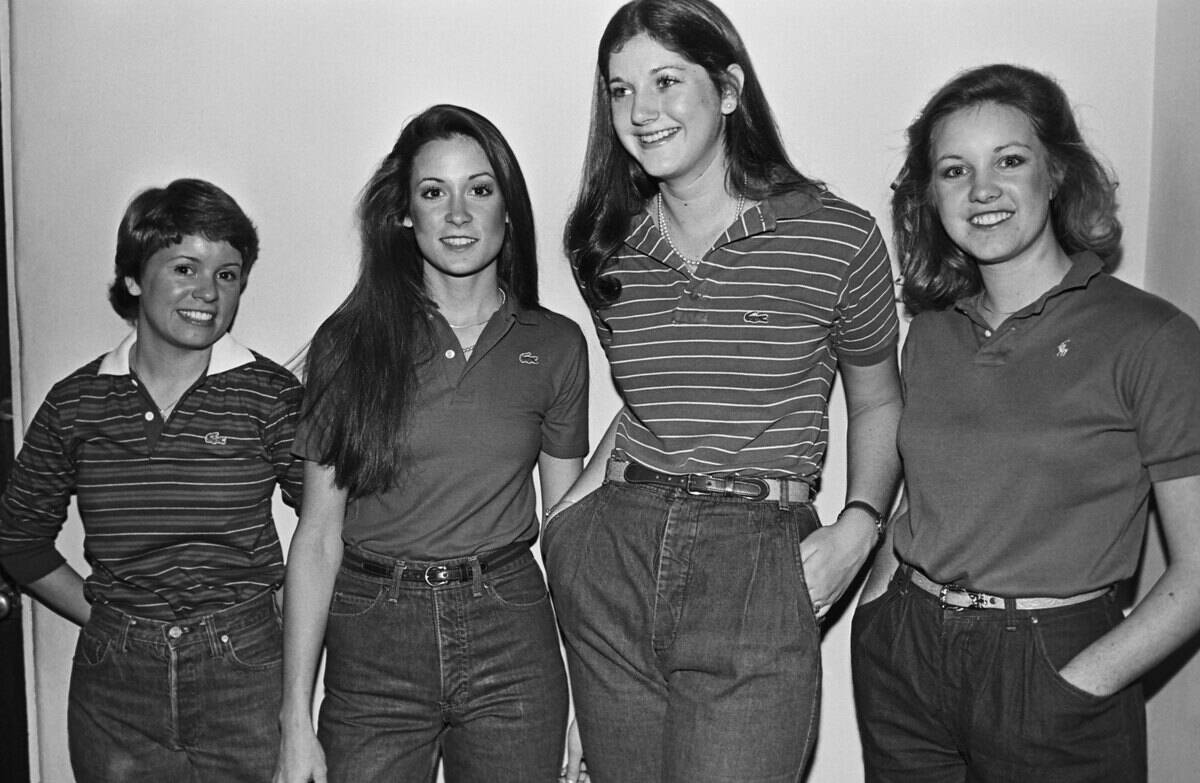
Preppies are synonymous with the classic, clean-cut style that emerged from Ivy League colleges in the 1950s. Known for their polo shirts, khakis, and loafers, Preppies exuded an air of affluence and sophistication.
The lifestyle was characterized by leisure activities such as sailing, golf, and tennis, reflecting a privileged upbringing. While the Preppy style has evolved over the years, its influence remains evident in contemporary fashion, embodying a timeless appeal that continues to resonate with new generations.
The Disco Era: Glitter Balls, Boogie Nights, and Polyester Suits
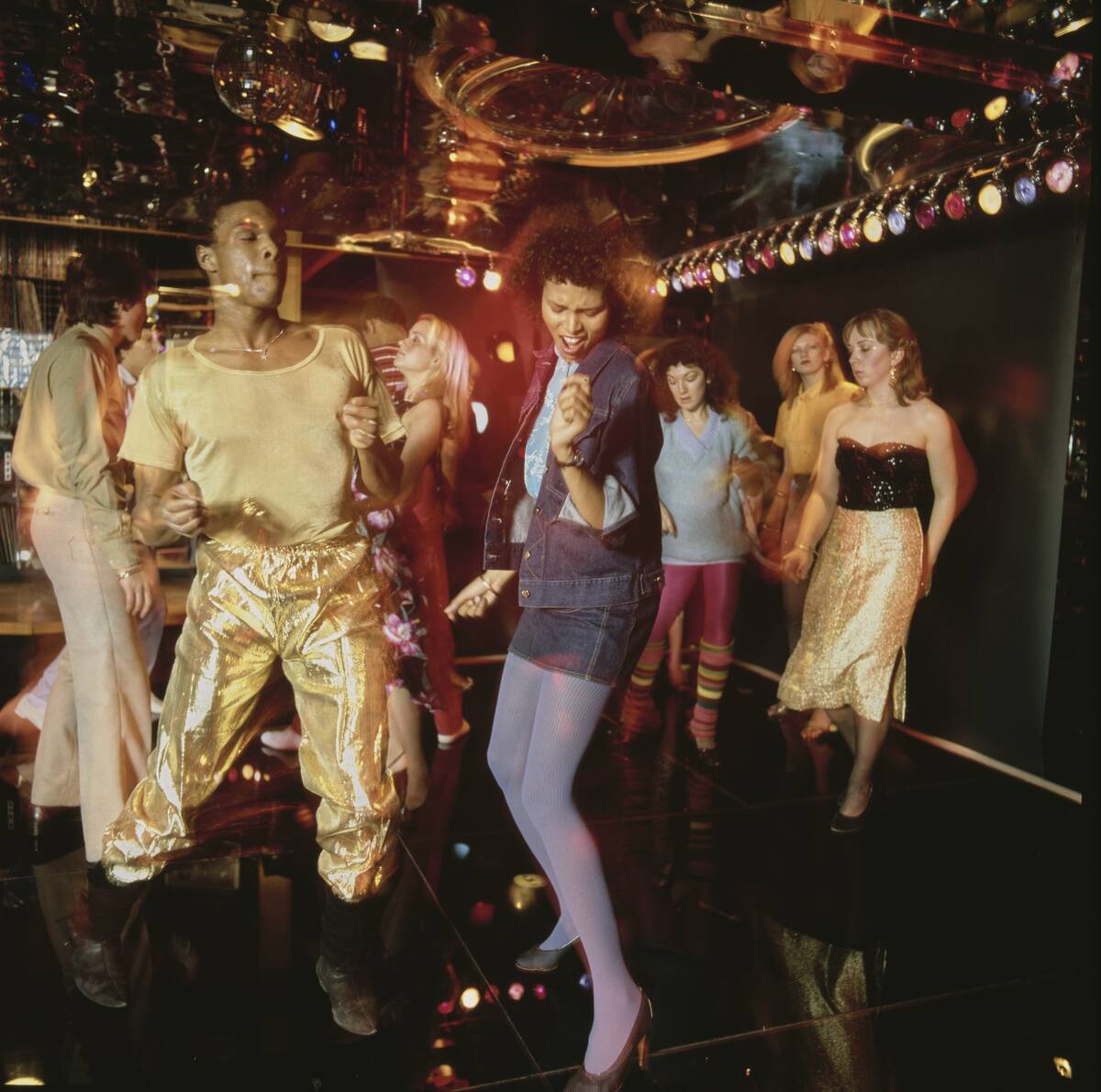
The Disco Era of the 1970s was a time of glitz, glamour, and dance. Nightclubs like Studio 54 became legendary for their extravagant parties, complete with glitter balls and pulsating dance floors.
The music was characterized by its infectious beats and soulful vocals, with artists like Donna Summer and the Bee Gees dominating the charts. Disco fashion included platform shoes, bell-bottoms, and polyester suits, reflecting the era’s bold and carefree spirit. This vibrant culture continues to influence music and fashion today.
The Punk Rockers: DIY Ethos, Safety Pins, and Anarchy in the UK
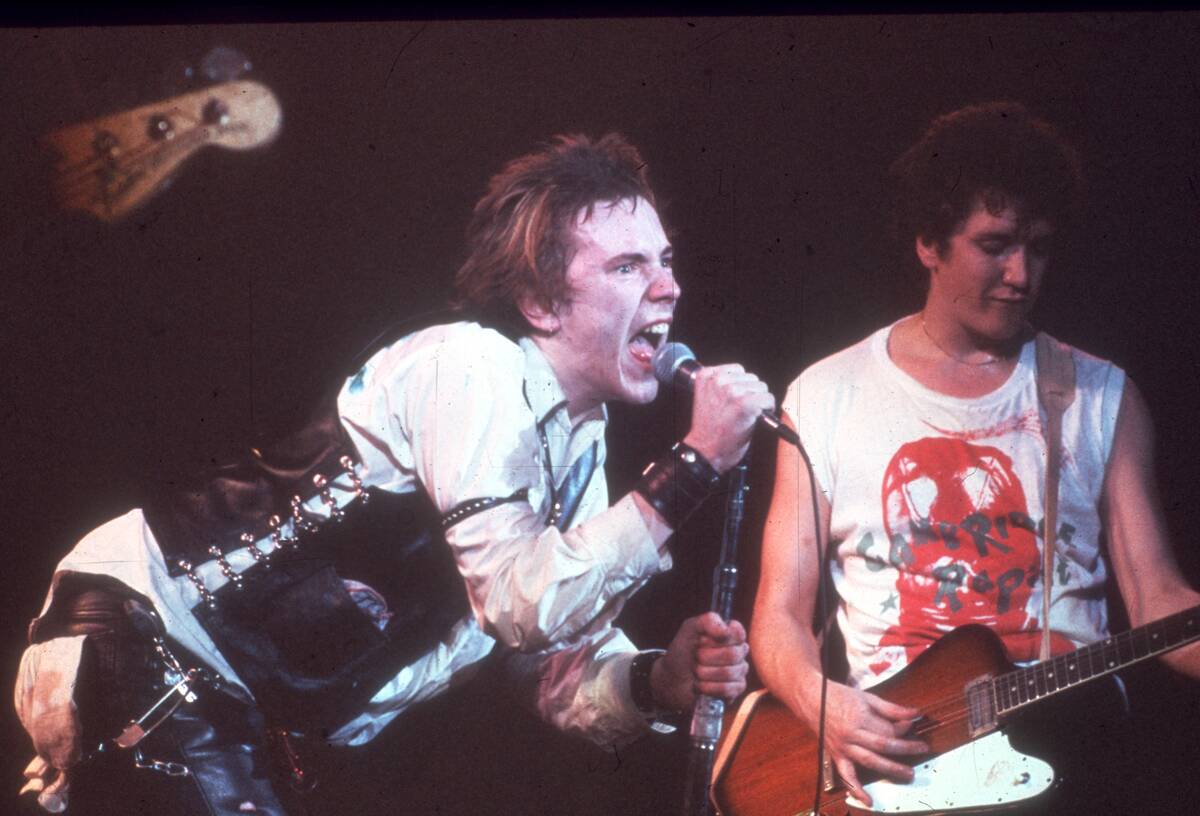
Punk Rock emerged in the 1970s as a rebellious response to the perceived excesses of mainstream music and culture. With its DIY ethos and raw sound, Punk was a call to action for disaffected youth. Iconic bands like the Sex Pistols and The Clash captured the spirit of the movement, challenging authority and societal norms.
Fashion was equally defiant, featuring safety pins, leather jackets, and bold hairstyles. Punk Rock remains a powerful symbol of resistance and individuality in the music world.



